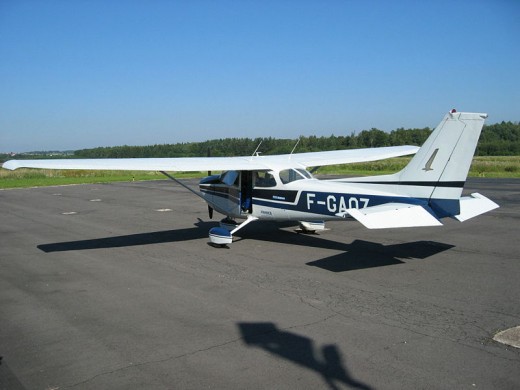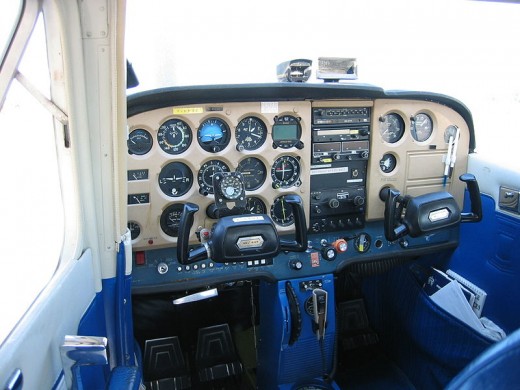How to Obtain a Private Pilot's License

To earn your private pilot license you must adhere to a strict criteria of study and practical application of flight skills with a flight instructor. This article will prepare you for what's involved in getting your private pilot license. If you are interested in learning how you go about obtaining the education needed to test for the license refer to our previous article here. This article will outline specifically what you are able to do as a private pilot, what the requirements are to test, what additional ratings are available to the private pilot and what to expect on your final testing.
Private Pilot Training Requirements
To get your private pilot license you must have a minimum of 40 hours of ground school training and a minimum of 45 hours in flight. Of the 45 hours of flight time a maximum of 5 hours can be conducted in a flight simulator.
Student Pilot Permit
In order to fly and train for your private pilot license you must write the PSTAR an exam that qualifies you to train and fly with or without an instructor.
Radio License
You must also take a test to be able to operate the radio in the plane which will test your knowledge on the proper frequencies to be used and the processes in radio calls.
Dual flight hours
Of the 45 hours of flight time needed at least 17 hours must be flown with your flight instructor. During this dual flight time there must be at least 3 hours of cross-country flight time.
Solo Flight Hours
Of the 45 hours of flight time needed at least 12 hours must be flown solo. During this solo flight time there must be at least 5 hours of cross-country flight time that includes a flight of more than 150 nautical miles away from your home airport with two landings at alternate airports.
During your flight hours you must learn to recover from stalls, spirals, spins, to make emergency landings, proper landing and takeoff procedures among other skills.

Additional Ratings Available To the Private Pilot
Rating
| Ability
|
|---|---|
Instrument Rating
| Allows you to fly through clouds and poor visibility situations, you basically fly dependent on instruments only and not what you can see visually.
|
Multi-Engine Rating
| Allows you to fly a twin engine plane. Hours must be completed in a twin engine plane.
|
Float Rating
| Allows you to fly a sea plane with floats.
|
Other
| There are other less important individual ratings.
|
Medical Requirements To Fly
To qualify to train and receive your private license you must get a category 3 medical certificate from an aviation doctor. You will be asked to fill out forms on your family medical history and questions on any ailments or diseases you may have. During this exam they will test your vision, you will be required to read the 20/20 line on the eye chart. Unlike military pilots you are allowed to wear your glasses or contacts. They will also check your blood pressure and reflexes and look for any physical issues. An ECG exam may also be required to test your heart as part of the category 3 medical as well.
What To Expect On Final Testing
To receive your private pilot license you must complete two exams. A very thorough written exam and an in flight exam. During the in flight exam an outside aviation representative will fly with you and have you perform each of the required skills. Your instructor may fly with you and the examiner as an observer.
If you want to forward this article to others I encourage it. Use the Facebook, twitter or hub followers link at the right side of the page or share to any other social networks you like. Maybe this article will be of interest to others.








